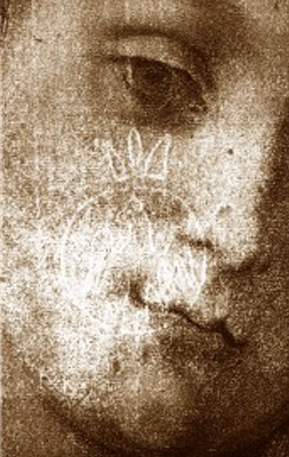
Featured in:
Authors:
Pedro Martins
The technological revolution allows consumers to purchase a particular product through Internet connectivity. In this way, any company is looking for a way to advertise these products through a web platform or a mobile application, so that any consumer can easily obtain information about it in an efficient way. In addition to the importance of mass dissemination of a given product, one of the biggest concerns of companies is to guarantee the authenticity and validation of that product in order to avoid counterfeiting. If this phenomenon is not properly dealt with the correct mechanisms, it can end up causing high losses to companies.A possible solution to guarantee not only the faster identification of products by automatic systems, but also to guarantee its authenticity and security, are machine readable codes, such as bar codes or QR-code. The latter, QR-code, is designated as one of the biggest references in terms of product dissemination and marketing. These two-dimensional graphic codes are very useful for storing information about a certain product and allowing the consumer to access the information of the same through a very efficient way.To combat counterfeiting and counteract its growth, a new two-dimensional graphic code, called UniQode, emerged, which resulted from the research work by a group of researchers from ISR in partnership with INCM.In this dissertation, combining UniQode technology with cryptographic methods, such as symmetric and asymmetric cryptography, a new methodology was developed and defined so that this hybrid encryption in UniQode could be integrated and embedded in a given QR-code. For proof of concept of this methodology, an iOS application was adapted where the reading of this machine readable code is successfully achieved.


© 2024 VISTeam | Made by Black Monster Media

Institute of Systems and Robotics Department of Electrical and Computers Engineering University of Coimbra